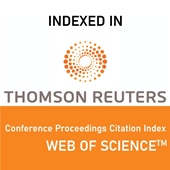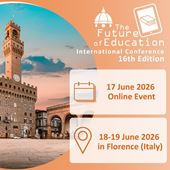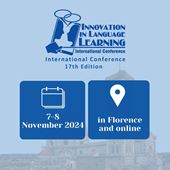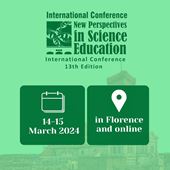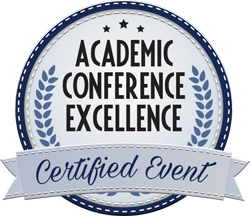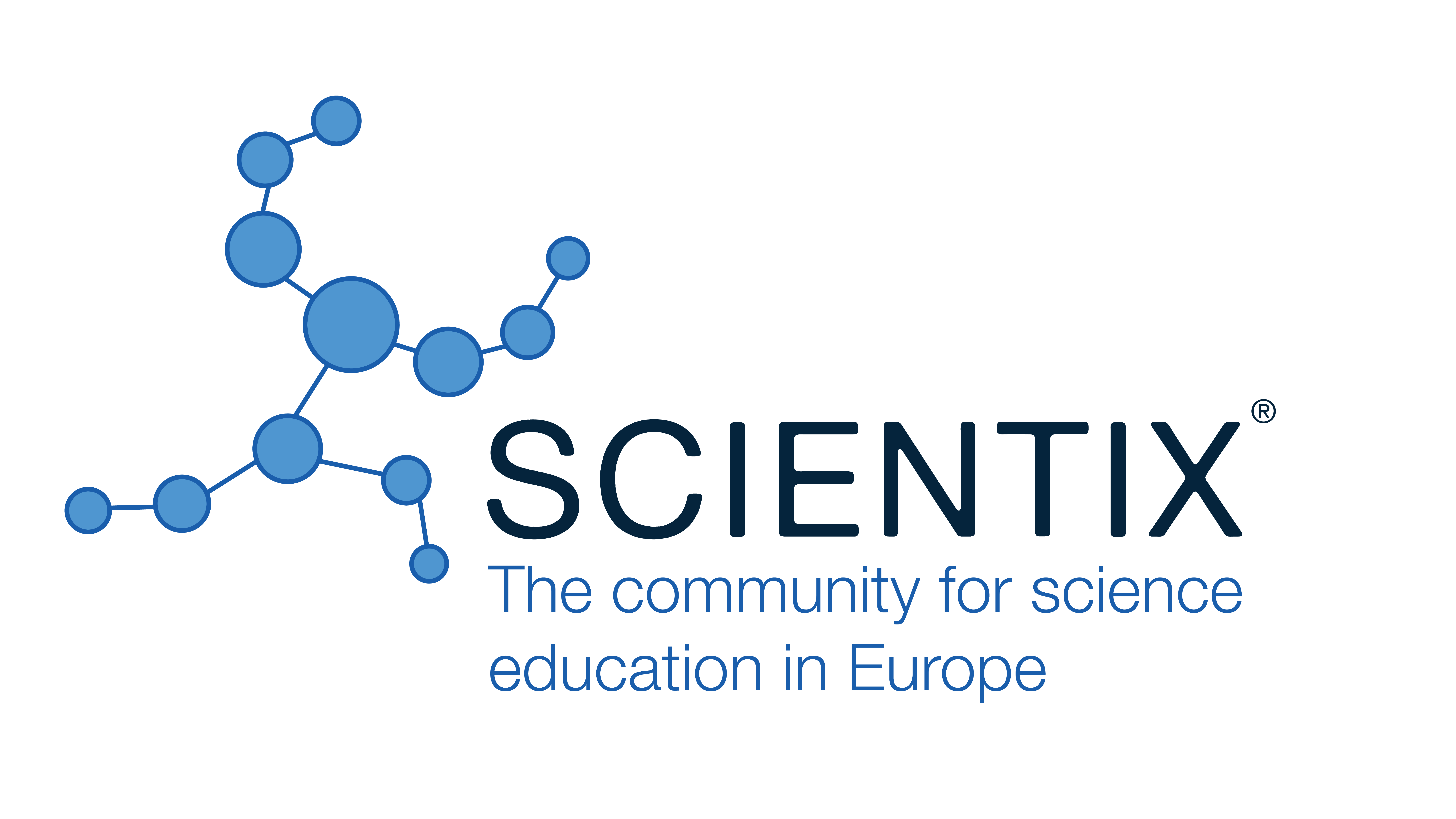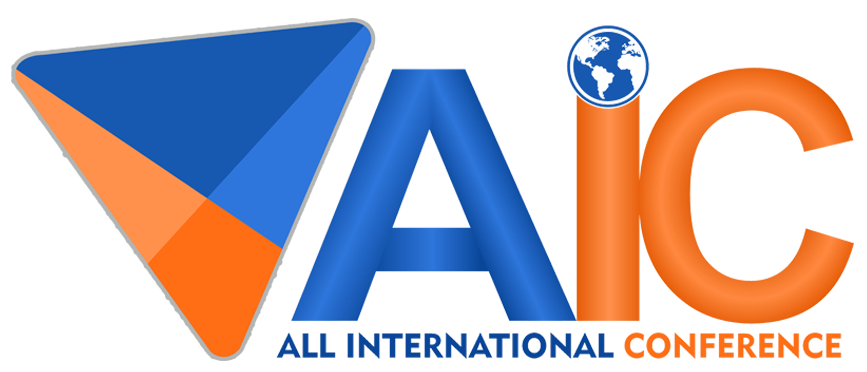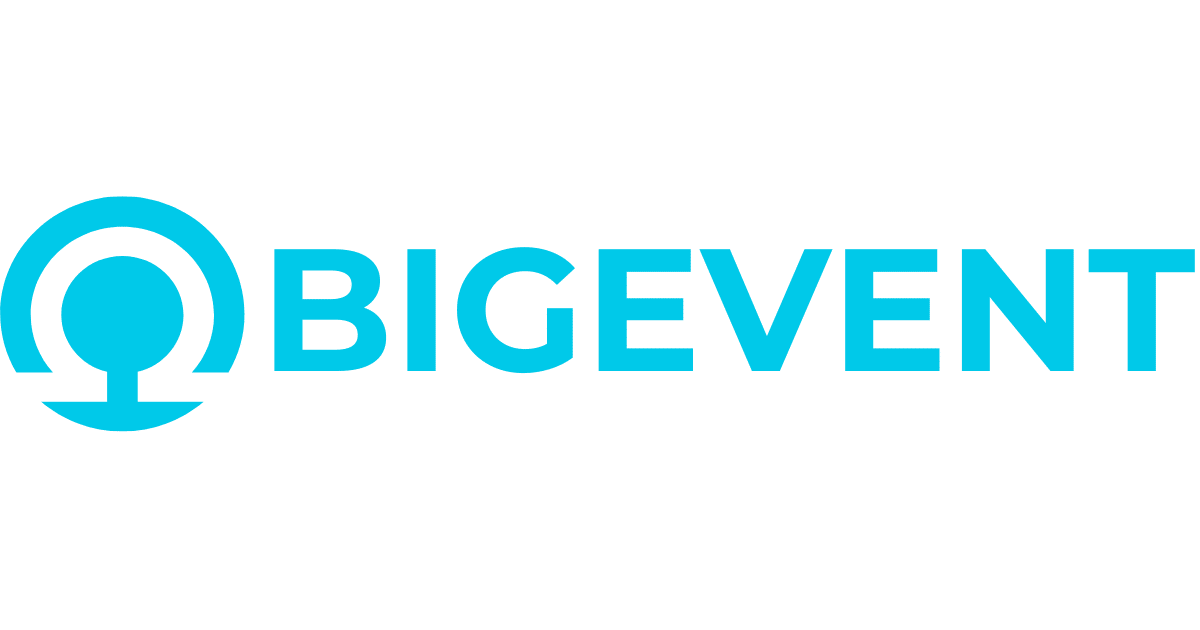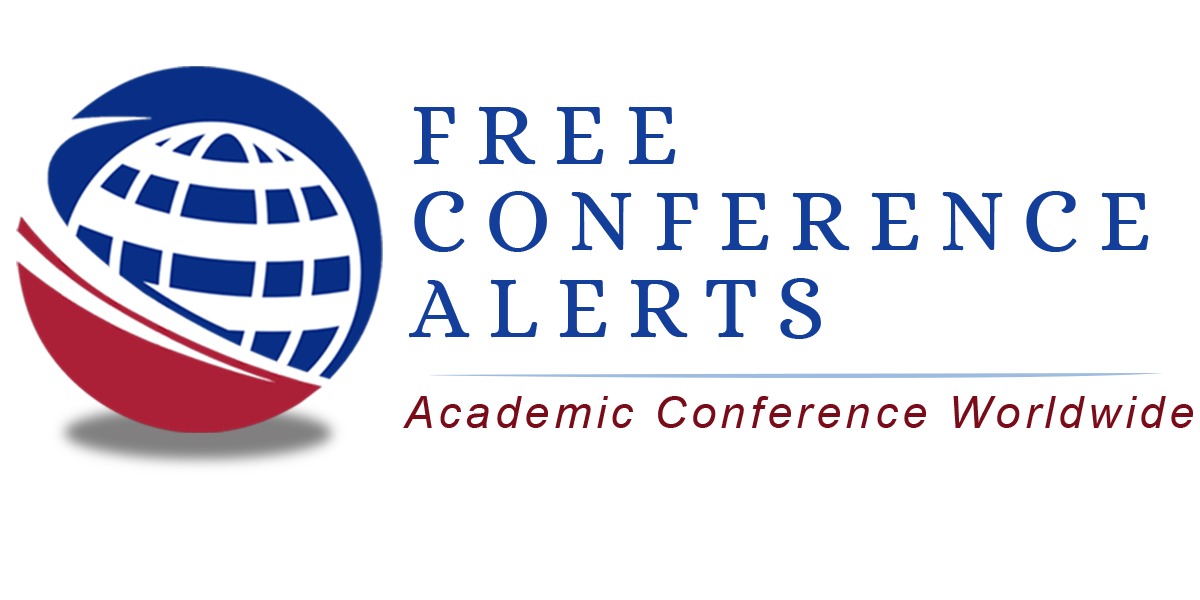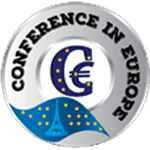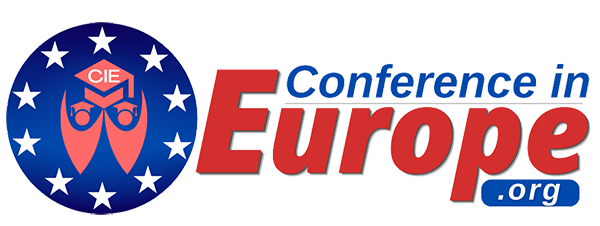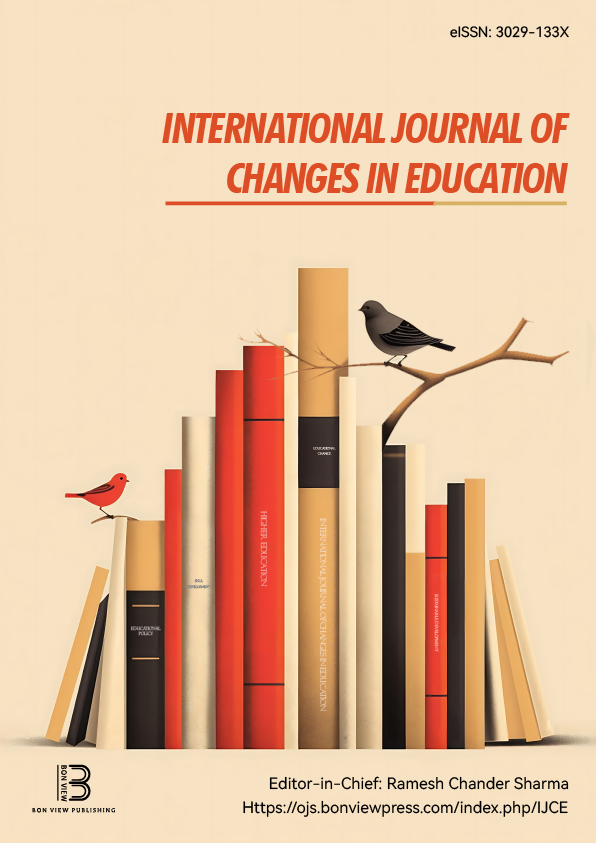Disrupting the Visual Hegemony of Representation: Developing a Sustainable Practice-based Curriculum in Spatial Design Education
Peter Marsh, University of Brighton (United Kingdom)
Judit Pusztaszeri, University of Brighton (United Kingdom)
Abstract
Making (from architectural models to prototypes and methods of building construction) has traditionally been considered a core value in the educational practice of spatial design. However, students are increasingly rejecting this method as a means of expressing their concepts and solutions. There is an increase in the perceived value of digitally focused processes, like 3D prototyping or AR/VR to describe the intended experience of designed spaces, and with this rise of digital proficiency follows an institutional acceptance of the demise of ‘craft’ skills (McInerney 2023). While this may be encouraged from perceived expectations of industry, a singular reliance on digital visualization processes conceals more holistic issues. Digital visualization such as VR removes the ability to appreciate the environment by emphasizing the visual in experience, a concept stemming from the evolution of gaming where movement awareness equates to survival. Beyond the primacy of the visual, concepts of difference and disability are irrelevant; touch, smell, and taste are, at best, relegated to supplements, with concepts of proprioception and spatial orientation completely demoted to visual stimuli. Such processes also tend towards isolating, subjective events- taking you ‘somewhere else’, sterile places, generic and insensitive to local contexts of culture, skill or material. This denial of social and cultural collective experience central to any sustainable practice impoverishes the student experience. This paper outlines approaches that aim to positively disrupt the lean towards purely visual and ‘abled’ culture (Boys 2020) in architectural education. Our ambition for haptic, making-based learning in higher education is not to deny digital media, but integrate it in more diverse pathways to design, to provide platforms that allow students to ground it as tools with real world value, and able to question the consequences of the current canon of components, products, and regulations that frame architectural possibility.
|
Keywords |
digital visualisation; haptic learning; sustainable practice. |
|
REFERENCES |
[1] Boys, J. (2020). Call to Action: Manifesto for Doing Dis/Ability Differently in Architecture. Journal of Architectural Education, 74(2), 170-172. [2] McInerney, D. (2023). Insights into product design students’ perception of, and engagement with, creativity in design education. International Journal of Technology and Design Education, 33(3), 1199-1219. |
 The Future of Education
The Future of Education
